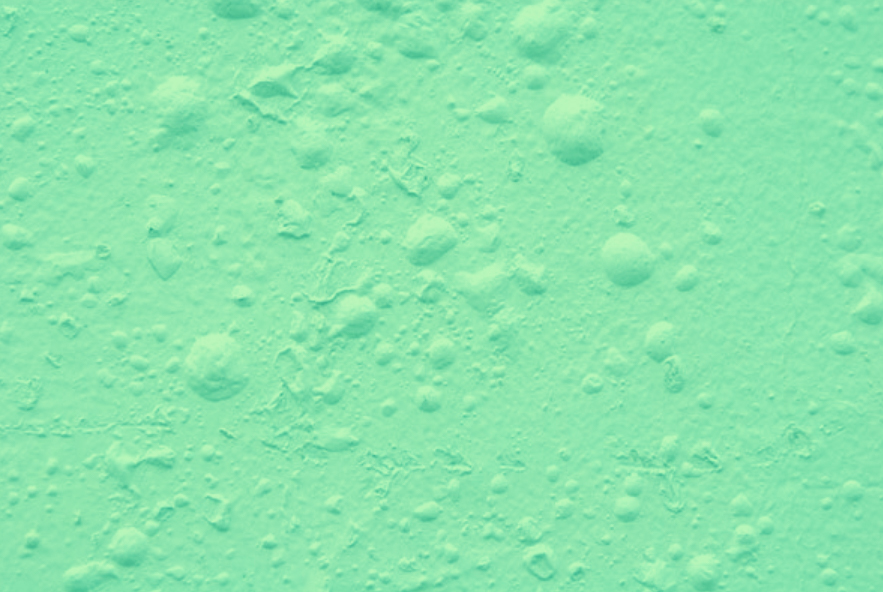How Defoamers Can Save Time and Money in Industrial Production
How Defoamers Can Save Time and Money in Industrial Production
Blog Article
The Role of Defoamers in Enhancing Product Quality and Efficiency
Defoamers offer as essential ingredients that reduce this issue, ensuring smoother production workflows while improving the aesthetic and useful features of the last items. The choice of the appropriate defoamer can be crucial to attaining ideal outcomes, increasing essential concerns concerning solution compatibility and efficiency metrics that merit further exploration.
Comprehending Defoamers
Comprehending the function of defoamers is vital for preserving product top quality across numerous industries. Defoamers are chemical ingredients made to decrease and avoid the formation of foam in fluid systems, which can detrimentally affect processes such as mixing, filling up, and surface area tension. Foaming can bring about inefficiencies, item issues, and endangered aesthetic charm, making defoamers a vital element in producing operations.
In industrial applications, defoamers help to boost item consistency and stability. The reliable use of defoamers not only makes certain smoother production procedures however also adds to remarkable item efficiency.
Moreover, the option and formula of a defoamer need to straighten with particular application requirements, such as compatibility with other ingredients, efficiency under varying temperature level and pH conditions, and possible governing restraints. Ultimately, understanding defoamers' features and their significance in various formulations is critical for maximizing manufacturing and making sure the best final result.
Kinds of Defoamers
Defoamers can be categorized into a number of kinds based upon their structure and device of action. The main types consist of silicone-based, non-silicone organic, and inorganic defoamers.
Silicone-based defoamers are amongst one of the most effective, mainly as a result of their ability to spread out quickly on the liquid surface area and disrupt foam development. Their special chemical structure permits for premium security, making them ideal for high-temperature applications and atmospheres with varying pH degrees.
Non-silicone natural defoamers, usually made up of natural oils or fatty acids, are valued for their biodegradability and reduced poisoning. These are typically utilized in food and drink applications where safety and security and ecological influence are paramount.
Not natural defoamers, which consist of materials like talc or calcium carbonate, act by raising the thickness of the liquid, thereby minimizing foam stability. They are typically utilized in industrial processes where compatibility with other materials is not a concern.
Each kind of defoamer has distinct advantages and constraints, permitting tailored options relying on the certain lathering problems experienced in various applications. Recognizing these distinctions is essential for maximizing efficiency and accomplishing desired product top quality.
Applications Throughout Industries
Countless industries utilize defoamers to boost product quality and operational performance. In the food and drink industry, defoamers are vital in processes such as developing and dairy manufacturing to avoid foam formation, which can lead to ineffectiveness and product variance. By regulating foam, makers can ensure better return and a more uniform item.
In the pharmaceutical sector, defoamers play a vital role in the solution of fluid drugs, where extreme foam can hinder blending and precise application. Their use helps preserve the integrity of the solutions and facilitates smoother manufacturing processes.
The paint and coatings industry likewise depends on defoamers to boost the efficiency of products during application. By decreasing foam, these additives make certain a smoother coating and improve the visual high qualities of the end product.

Advantages of Utilizing Defoamers
While the application of defoamers varies across industries, their advantages continually improve product top quality and process performance. One significant advantage is the decrease of foam formation during producing procedures, which can otherwise lead to production delays and variances in item quality. By reducing foam, defoamers allow a smoother circulation of materials, assisting in extra effective procedures and decreasing the likelihood of tools breakdowns.
In addition, using defoamers can improve the appearance and structure of end products. In sectors such as finishings, paints, and food handling, excessive foam can endanger the visual aesthetics and total top quality, while the appropriate defoamer application makes sure a consistent coating and preferable characteristics. Moreover, defoamers can add to cost savings by decreasing waste during manufacturing and optimizing making use of resources (defoamers).
Picking the Right Defoamer
Picking the ideal defoamer is critical for maximizing production procedures and guaranteeing product quality. The choice of defoamer affects not only the effectiveness of foam control but also the general efficiency why not try this out qualities of the end product. Aspects to think about include the kind of application, the chemistry of the formula, and the environmental problems under which the item will be used.
Various sectors may need particular defoamer types, such as silicone-based, natural, or polymeric defoamers. Recognizing the compatibility of the defoamer with the primary components is necessary to avoid damaging responses that can endanger item stability. Furthermore, the defoamer's efficiency in various temperature levels and pH degrees have to be evaluated to make sure regular efficiency.
Checking the defoamer in small-scale applications can offer useful insights right into its performance and viability. Consideration of regulatory conformity, specifically in food, pharmaceuticals, and cosmetics, is critical in selecting a defoamer. Inevitably, a thorough assessment of these elements will certainly result in the selection of a defoamer that not only manages foam effectively however also enhances the high quality and efficiency of the end product.
Verdict

In verdict, defoamers are important ingredients that dramatically enhance product top quality and performance across various sectors. By properly reducing foam formation, these agents not just boost functional effectiveness but also add to the aesthetic and functional stability of items. The strategic selection and application of defoamers cause set you back financial savings, maximized resource use, and increased consumer satisfaction. Overall, the relevance of defoamers in commercial procedures can not be overstated, as they play an essential duty in accomplishing high-quality and constant end results.
Frothing can lead to inadequacies, product defects, and jeopardized aesthetic allure, making defoamers an important part in making operations.

Report this page